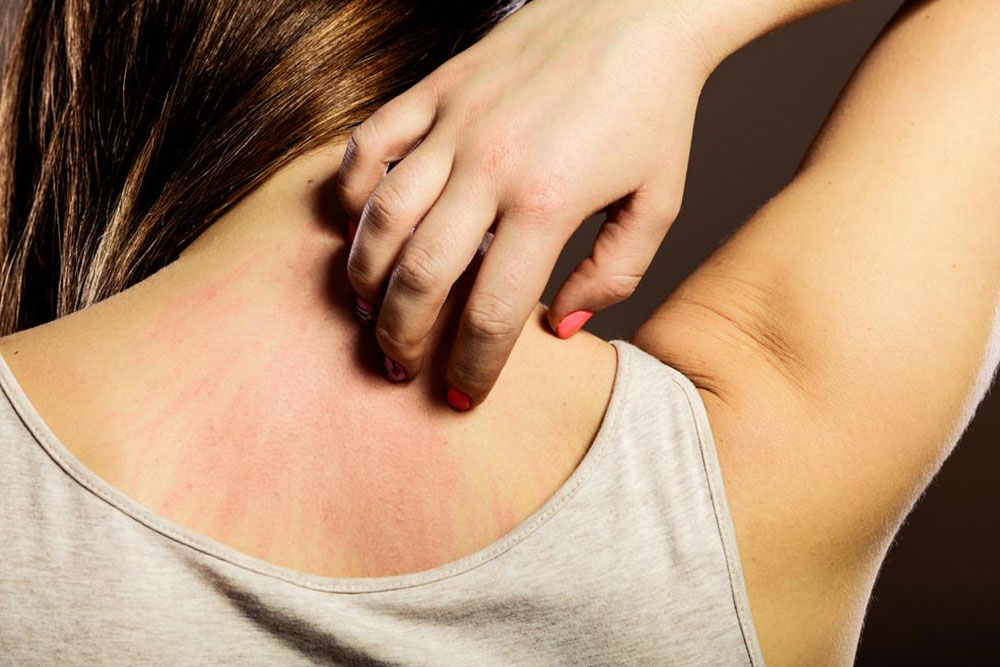Effective Tactics for Managing Dust Mite Allergy Symptoms
Learn effective strategies to manage dust mite allergies through household habits, environmental controls, and medical options. This comprehensive guide helps reduce symptoms and improve quality of life for allergy sufferers by minimizing dust mite exposure and emphasizing proper treatment methods.

Strategies to Alleviate Dust Mite Allergic Reactions
Indoor dust contains microscopic creatures that can provoke allergic reactions in sensitive individuals. These tiny pests, known as dust mites, are a leading cause of indoor allergy symptoms.
Identifying Dust Mite Allergies
Symptoms range from mild to severe, including coughing, wheezing, and sneezing. Common signs encompass:
Breathing trouble
Asthma flare-ups
Wheezing
Runny nose
Nasal congestion
Itchy nose and throat
Excess mucus
Coughing
Facial discomfort and pressure
Dark circles under eyes
Children frequently rubbing their noses
Chest tightness
Wheezing during exhalation
Sleep disruptions caused by cough or cold-like symptoms
Recurring coughing and wheezing, often worsened by colds
Less severe cases might involve sporadic coughing or wheezing episodes.
Extreme allergic reactions can trigger asthma attacks requiring immediate treatment. Persistent wheezing, breathing difficulties, or chest pain should be evaluated by a healthcare provider without delay. Notably, cleaning activities can stir up dust, temporarily increasing inhalation risk.
Tips and Home Remedies to Prevent Dust Mite Allergies
Controlling dust mite allergies is achievable through household modifications aimed at minimizing dust buildup. Key strategies include:
Use vacuums fitted with HEPA filters. Wearing an N95 mask during cleaning can also protect against inhaling allergenic particles.
Choose hardwood or laminate flooring instead of carpets, as carpets tend to harbor more dust mites.
Encase mattresses, pillows, and bedding with allergen-proof covers and wash them regularly in hot water.
Restrict pet access to sleeping areas or remove pets from rooms where allergy sufferers rest. Keeping pets outside reduces dust triggers.
Seal food containers tightly and dispose of waste properly to reduce pests that contribute to dust levels.
Maintain indoor humidity below 55% by using dehumidifiers and ventilation fans to create an environment less friendly to dust mites.
Opt for damp mopping floors rather than sweeping to lessen airborne dust.
Install high-efficiency filters in HVAC systems and replace them frequently to improve indoor air quality.
Discuss with your healthcare provider about medications such as antihistamines, decongestants, corticosteroids, or allergy immunotherapy for symptom management.
Eliminating dust completely isn’t feasible, but regular cleaning, healthy habits, and medical treatment can significantly reduce symptoms. With consistent effort, individuals can successfully manage dust mite allergies and enhance their quality of life.
Important Reminder:
This site offers general information and is not a substitute for professional medical advice. Always seek guidance from qualified healthcare professionals for diagnosis and treatment. Explore additional resources for comprehensive allergy management.


